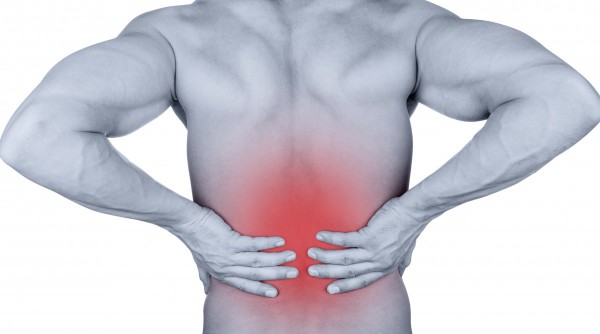More than 80% of the population experiences sooner or later some episodes of back pain.
Back pain is one of most common causes of absence at work. And also a reason for which physiotherapists are requested urgently.
But there is a lot of confusion between sciatica and low back pain and very often these two words are used incorrectly.
Generally speaking, there are two main groups of causes: they can be mechanical, a problem affecting structures of our body (bones, muscles or ligaments) or functional, related to the way we use our back.
A mechanical damage to the spine such as protrusion or hernia leads to sciatica by pinching the root of the Sciatic nerve and hence inflaming it.
On the other hand, a ‘pure’ low back pain usually is caused by a combination of causes including posture and daily habits in the first place and these affect mainly muscles and ligaments.
Symptoms given are completely different even though they often get confused for one another.
Low back pain is mainly soreness and discomfort, a dull pain very difficult to localize in the lumbar region of the spine. With certain movements or positions, the pain suddenly gets sharper and takes the breath away. Because of it, movements of the back are quite limited as well as daily activities and the person struggles to stand straight. Since quite often it is due to a contracted muscle, the pain reduces with massages, rest and heat.
After an initial assessment, including taking medical background, checking daily habits and an observation and palpation of the area to appreciate the muscular contraction, the treatment consists mainly in a massage where the physiotherapist helps relax the muscle, followed by some exercises to stretch back muscles. Throughout the session, the physiotherapist will give you advice and suggestions on how to take better care of your back.
On the other side, sciatic pain involves a damage of one or more of the discs in the lumbar area of the spine. Because of the narrowness of these structures, when a disc breaks, its jelly-like content is squeezed out and might trap the nerve against the vertebra. As a reaction to this, the nerve gets inflamed and gives symptoms such as a pain that spreads to the butt and leg, down to the foot in worse situations. This kind of pain is very sharp, running on the backside of the leg. Quite commonly, people describe it as a warm or burning sensation triggered by specific movements, associated to numbness and tingling on the foot and toes and to weakness of muscles. This pain is worsened when sneezing, coughing or laughing; the person cannot find relief in any particular position if held for too long. Back flexibility is also limited and it is completely impossible to bend backwards as to look at the ceiling. Heat makes it worse by increasing the inflammation.
During the assessment, the physiotherapist will examine thoroughly the mobility of the back in every direction and evaluate the pain response to each of them because this will help plan an appropriate exercises programme.
The kind of treatment used in case of sciatica follows McKenzie’s technique. The main concept of this technique is to centralize the pain so the physio will select specific movements and exercises to do on a daily basis so as to let the pain move back up to the spine and relieve symptoms from leg and foot. A correct assessment is the key to this.
An essential aspect of McKenzie’s treatments is the education of the patient about the use of their own back and body in daily activities and posture correction while standing or sitting in order to prevent or manage any relapses of the pain. This technique doesn’t cure the problem since structures are permanently damaged and not even a surgery can assure a good outcome but rather teaches a correct way to avoid anything that might worsen the situation and what to do if that happens.



